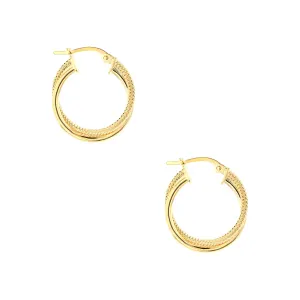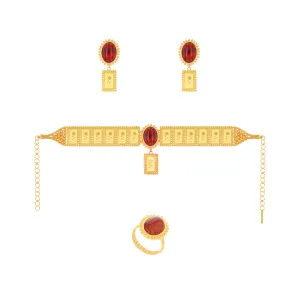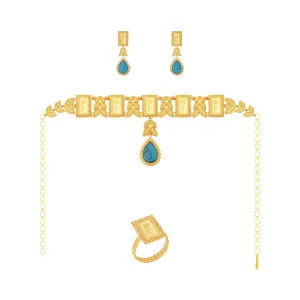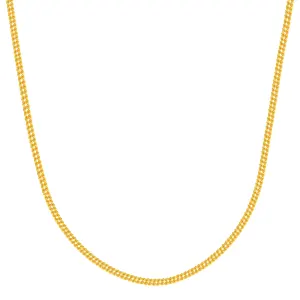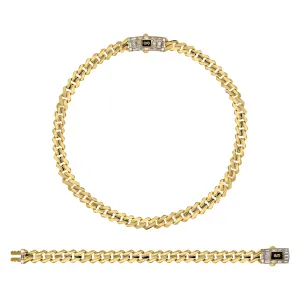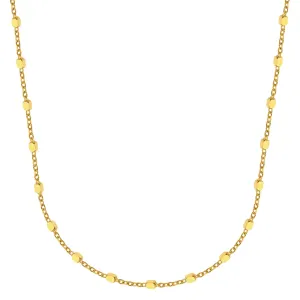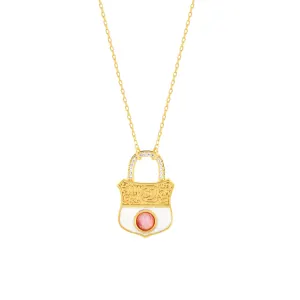10 Fascinating Facts About Gold
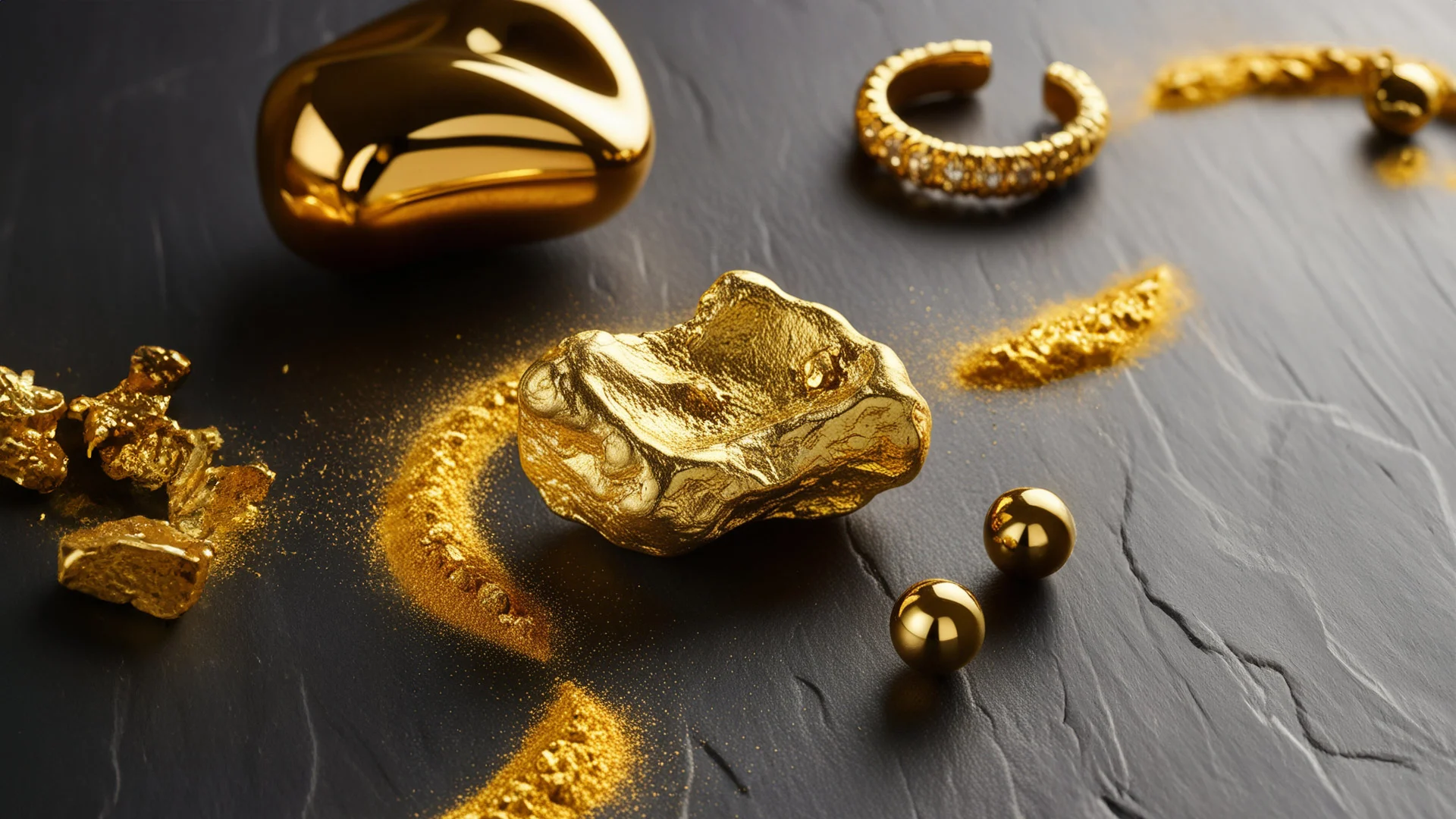
What is fool's gold? Where does most of the world’s gold come from today? And is the Nobel Prize made of real gold? In a recent article in Reader’s Digest, writer Emily Goodman answers these questions and more. Here are some of the most surprising facts she shared:
1.Pure Gold Is Extremely Malleable
One ounce of pure gold can be stretched into a 50-mile-long thread without breaking. This thread would be so thin that it would be nearly invisible to the naked eye. If we combined all the world’s gold, we could create a thread fine enough to wrap around Earth 11 million times.
2. Don't Bite Gold to Test It
Contrary to popular belief, biting gold to check its purity isn’t reliable. Olympic gold medals, for example, have been made from materials other than pure gold since the 1912 Summer Games in Stockholm. Modern gold medals are primarily silver, and the ones awarded in the 2016 Rio Olympics contained just 1.2% gold.
3. The Nobel Prize Is Made of Gold
Nobel Prize medals are indeed made of gold, but their purity has gradually decreased since 1980, moving from 23-karat to an 18-karat core plated with 23-karat gold. The gold in each medal is valued at about $8,000.
4. Gold’s Color Can Change
The natural yellow hue of gold can change when mixed with other metals to increase its hardness. White gold contains nickel or palladium, while rose gold gets its pinkish hue from added copper. There’s even green gold, created by mixing gold with silver and sometimes zinc or cadmium.
5. Pyrite: The “Fool’s Gold”
Pyrite, known as “fool’s gold,” has deceived many throughout history, including 17th-century English sailor and explorer Christopher Newport, who shipped a load of it to London. Though disappointing to find, pyrite is often found near genuine gold deposits, so miners who stop digging when they find pyrite may indeed be foolish.
6. The U.S. Treasury Holds 147.3 Million Ounces of Gold
Stored in the U.S. Bullion Depository, known as Fort Knox, nearly half of this gold is secured under tight protection. Its value is estimated to exceed $130 billion, and only one U.S. president, Franklin Roosevelt, has ever been inside Fort Knox.
7. Most of the World’s Gold Is Mined in China
Since 2017, China has led the world in total gold production, surpassing South Africa. However, the world’s largest known natural gold crystal, weighing 7.7 ounces, was found decades ago in Venezuela.
8.Some Gold Comes from Sewage
One of the most surprising gold sources is treated wastewater. In 2015, Arizona State University researchers found that wastewater from a city of one million people yields an average of $2.6 million worth of gold and silver per year.
9. We've Mined About 80% of the World’s Accessible Gold
An estimated 80% of the 244,000 metric tons of gold available on Earth has already been extracted. The oceans hold an additional 20 million tons, but high extraction costs make it unfeasible. There’s also vast amounts of gold in outer space, with a single asteroid, Psyche 16, containing gold valued in the hundreds of billions.
10. Gold Has Gone to Space but Not Brought Back
Spacesuits and spacecraft are coated with gold to reflect harmful infrared radiation from the sun. NASA uses gold to keep equipment cool, as radiation generates significant heat.
